Is it just me or does it seem like the world of EdTech (Educational Technology) has suddenly exploded with an endless amount of options? As primary education (K-12) schools have embraced change, EdTech continues to take the world by storm with higher education seemingly flailing in its attempt to play catch-up.
With the EdTech market growing quicker than ever, how can teachers be sure they’re purchasing what’s best for their students? EdTech is more than just another modern-day technology craze, and there is no doubt that it can bring huge benefits to the classroom for both students and professors, as long as educators are investing in the right products.
What is constructivist pedagogy?
EdTech creates a stronger pedagogical foundation by combining the best of traditional teaching with the more abstract ideas of constructivism, a theory that people learn and build their knowledge of the world through reflection of their own experiences. Constructivist pedagogy encourages students to absorb information actively rather than mechanically, making the learning process more dynamic and interactive. The teacher acts as a facilitator, and students are urged to ask questions and evaluate the methodology they absorb the material in, with a more of a focus on the process instead of product. Constructivist classrooms often incorporate groupwork, creating a collaborative learning environment and allowing for different interpretations of learning.
What does constructivist pedagogy have to do with EdTech?
EdTech ties in concepts with constructivist roots to create a self-pacing, interactive, and efficient learning experience for students. Business simulations, in particular, incorporate hands-on, experiential, and project-based learning methods, through which students gain a more complex understanding of the material while also acquiring valuable soft skills that are essential to the workplace, such as leadership and communication skills. EdTech and online simulations also give students the opportunity to tailor each of their own individual learning experiences, which builds on constructivist ideas of expanding and developing preexisting conceptions and prior knowledge.
What to Look for In Educational Technology
In an EdTechX seminar, Justin Reich, co-founder of EdTechTeacher, discusses the different factors for teachers to consider when choosing the right EdTech to implement in the classroom. “The first question, the most important question to start with is, what is it that you’re trying to have your students learn?”
He also stresses the concept of starting with a difficulty target. “A target of difficulty sits at the intersection of learning that’s really important, learning that’s hard, and the place where technology may offer some kind of leverage,” explains Reich. “Where those three things converge, we call that a target of difficulty. And we can think of that as a really worthwhile place to begin thinking about integrating technology.”
EdTech should assist in the development and improvement of areas within a lesson plan that might need improvements or changes, or in specific content that professors face difficulties in teaching. Don’t let EdTech hinder pedagogical methods that are already successful. Instead, let it serve as an aid for content that is both hard to teach and hard to learn.
Keeping these ideas in mind, educators can successfully integrate technology in the classroom while still keeping the main focus on the learning itself. Instructors should also remember that finding the right EdTech is an experimental process, and it may take time to find the right product to complement instructional strategies in a way that meets the pedagogical needs of the teacher, student, and course material.
Maximizing EdTech Efficiency with Marketplace Simulations
We believe that in order for students to gain the most value from learning with digital technology, EdTech should begin with the course’s pedagogy as the foundation. In order to maximize EdTech and instructional efficiency, we need to focus on the learning process, not the tool, which is why Marketplace Simulations allow for customization to tailor the learning experience to meet the needs of each individual student from start to finish. Our business simulations are built for students to learn step-by-step, while still maintaining focus on the end goal or final outcome.
Don’t let the booming EdTech market and its many options intimidate you. Educational technology has the ability to completely transform and elevate the learning experience, and its purpose to teach should be evident. Pedagogy should always come first, so find the right educational technology that will build on it, not disrupt it.

